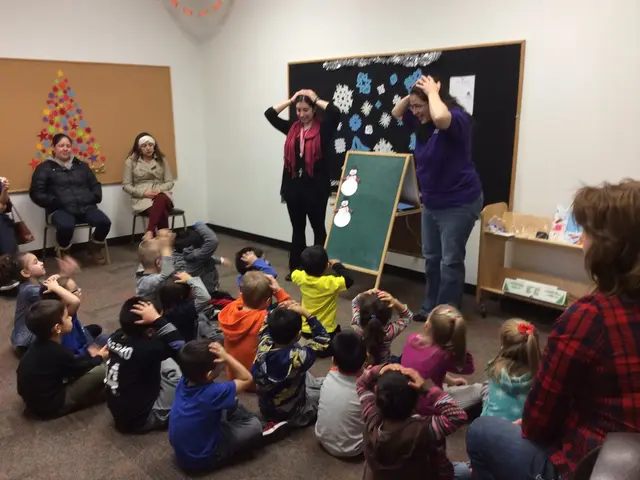Socioeconomic Gaps in College Outcomes Persist, New Study Finds
A recent study by the National Student Clearinghouse Research Center reveals persistent disparities in postsecondary education outcomes based on the socioeconomic status of high schools. The report, spanning the classes of 2017 to 2024, highlights widening gaps in college persistence and completion rates.
Income and poverty-level differences between high schools were found to be the primary drivers of these outcome disparities. Between 2021 and 2022, the persistence rate from the first to the second year of college dropped by 1.1 percentage points for graduates from high-poverty high schools. Doug Shapiro, the center's executive director, noted that 'even with stable enrollment outcomes, the socioeconomic gaps continue to persist.'
However, there was some positive news. Between 2022 and 2023, the share of students who enrolled within a year of high school graduation increased by at least one percentage point for students from low-income, high-poverty, and high-minority high schools. Despite this, within six years, only 25.4% of 2018 graduates from high-poverty high schools completed a degree, compared to 58.7% from low-poverty high schools. The gap in STEM degree completion was also significant, with students from low-poverty or high-income schools more likely to succeed in these fields. Only 50.4% of 2024 graduates from high-poverty high schools immediately enrolled in college, compared to 73.7% from low-poverty high schools.
The report underscores the urgent need to address these persistent disparities in postsecondary education outcomes. While there are some encouraging trends, the gaps in college enrollment, persistence, and completion rates between high-poverty and low-poverty high schools remain significant. Further research and targeted interventions are needed to ensure equal opportunities for all students, regardless of their high school's socioeconomic status.




